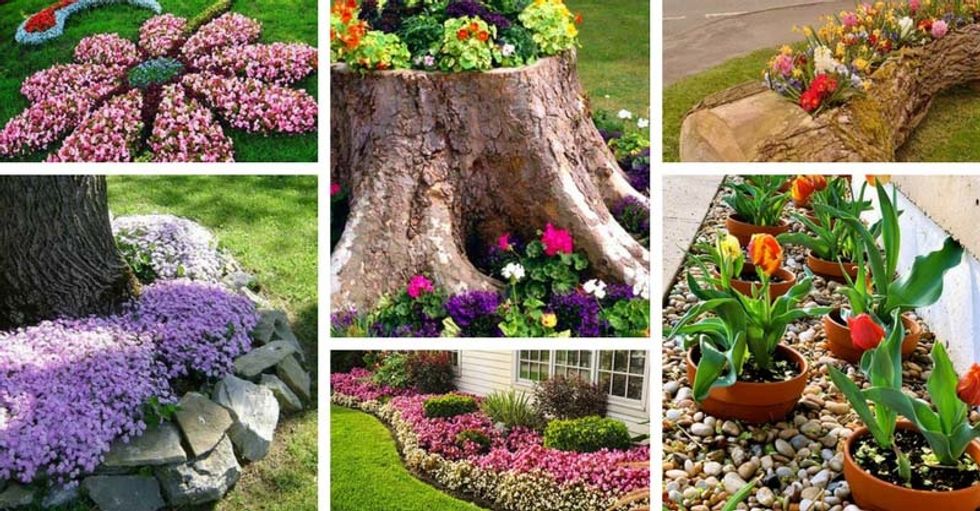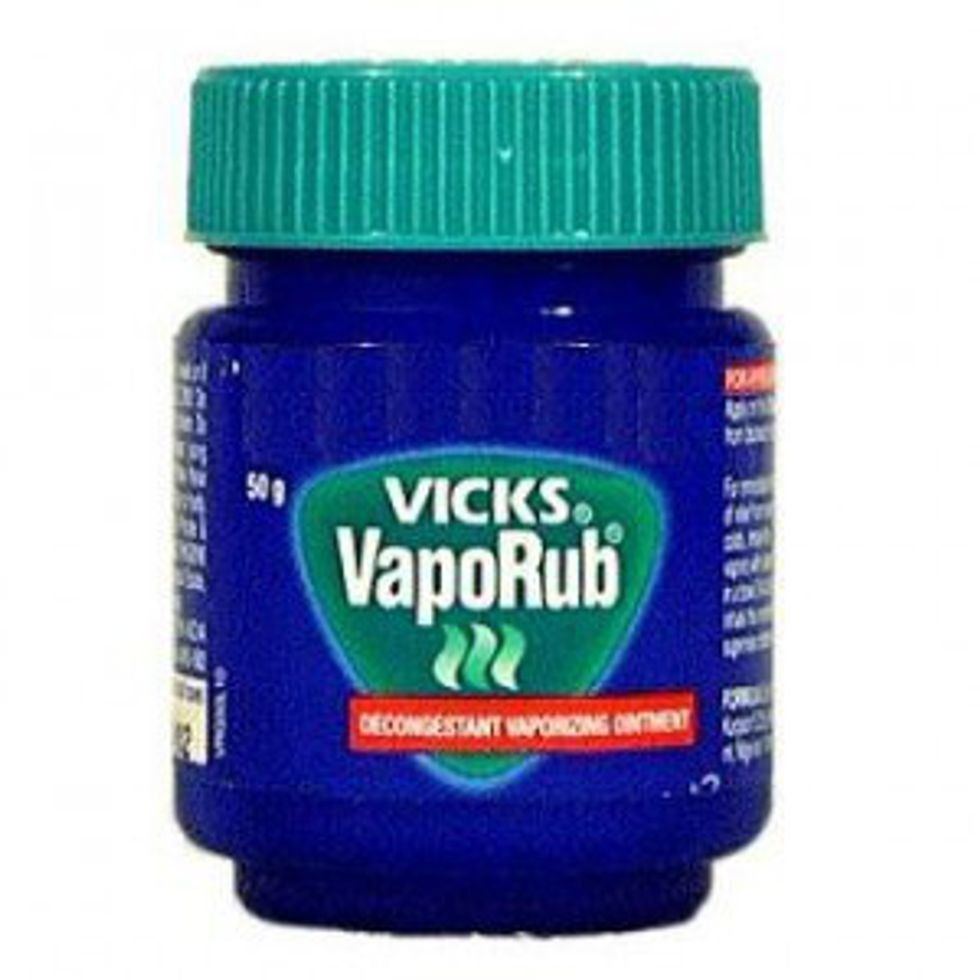Flower beds are the perfect way to create an exquisite garden worthy of a magazine and impress your guests and neighbors. The opportunities are countless as their dazzling designs can be customized to fit every need in terms of color, shape, size, heights and textures.
All you need to do is choose the right plants and patterns to compliment your outdoor space and leave the rest to the imagination - these ideas could inspire you.
There are many ways you can construct a flower bed. To help you get started, we've chosen five different types to help you bring the landscape to life and spark your artistry.
1. Small flower bed
For those of you limited in space, we recommend a small frame. It could be a round highlight or surrounding an object such as the mailbox, outdoor lights, pathways, trees or the house itself.
There is a variety of blossoms that work well for petite areas. For a more formal look, choose similar colors or stick to planting only one type of flower and if you would rather have a motley view – combine away!
In terms of the design, even though the space in a small flower bed is restricted, you can still add some colorful pots or small figurines as part of the decor. A fun idea for crafty people or children is painting small rocks or even shells to make your tiny patch truly unique and personal.
2. Herb garden flower bed
If you are the kind of person that loves adding fresh herbs straight from the garden to your cooking, an herb garden flower bed is what you need.
Combining beauty with practicality can make up for a cozy little herb stand right in your backyard where you'll be able to add some color to your favorite spices.
Don't worry, it's perfectly acceptable to mix ornamental flowers with herbs, as long as they can be planted together.
3. Vintage flower bed
There's still life in your old items. Instead of throwing away the broken down bicycle or a piece of furniture that's no longer needed, use it as a layout for a unique eye-catching display of your greens. Use flowers that climb or wrap, add vines to thicken your vintage flower bed and leave the rest to your imagination.
You could have fragrant flowers come out of an old suitcase or wrap around your rusty wheelbarrow and drawers make excellent pots.
So whether you want to turn an old dresser into a lovely planter or you have a broken chair that you can't really sit on anymore, the one thing that's certain is your guests will be captivated and your old possessions will be upcycled. To make it even more mesmerizing, add a bright coat of paint that matches your plants.
4. Raised flower bed
There's an ugly fence you'd like to hide? Whether you're looking for privacy or simply want to mask unappealing features such as air conditioners, trash cans, swimming pool heaters, or storage sheds, a raised flower bed is the perfect choice for you. There are two ways you can create one.
Naturally, you could use shrubs such as hydrangeas or rhododendrons or tall plants such as salvia. Another great idea is creating height by uplifting your flower bed's borders or using elevated beds you could either buy at your local florists' or build yourself out of wooden planks.
Using a raised bed comes with hidden benefits – no weeds or ground-dwelling pests will bother your beautiful plants. Remember, the ideal height for a raised bed is a matter of preference, so as long as your plants get enough soil underneath – you're doing great!
5. Geometric flower bed
Those garden designs are some of the most interesting as nature rarely relies on geometry. Incorporate it as a layout and border circles, rectangles, triangles or long straight lines and your outdoor space will automatically look neater and more sophisticated. Informal gardens tend to use curves and free-flowing forms.
Add symmetry and mind proportions when planting and you'll have a garden that came straight out of a magazine. And even though geometric flower beds are usually common for formal patios, simply adding one as a centerpiece to your own garden will surely do wonders to the scenery.
Don't be afraid to use bold-colored flowers to highlight the desired shape.
No matter which type fits you best, remember to always match the plants with the growing conditions, especially the light requirements.
Also, mind that flowers bloom at various times of the year when creating the design for your flower beds. Take this into consideration and come up with a mix so you get a permanent flower arrangement.
Don't forget to have fun with your flower bed projects, some of them might require some planning, but the time spent in designing and preparing will be repaid many times over once you're admiring your beautiful blooms.





















